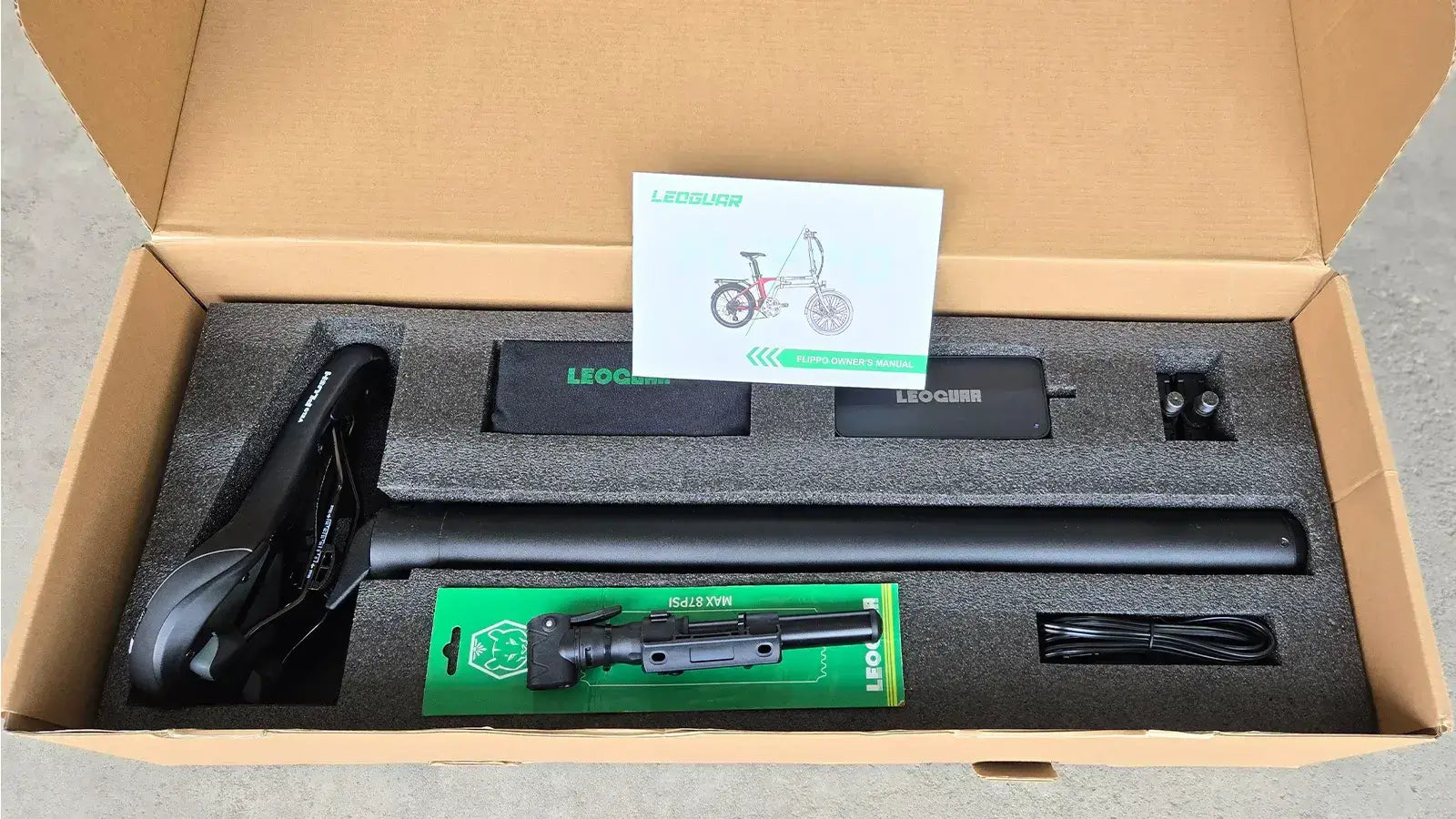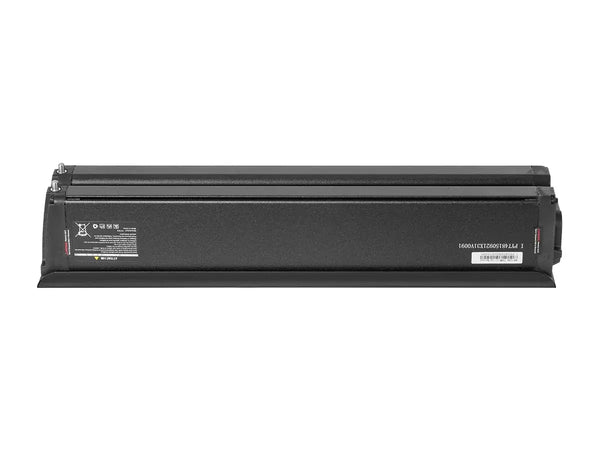
Electric Bike Battery Repair: Fix Common Issues Fast
What Happens When Your E-Bike Won't Start
An electric bike that won't start is more than just annoying. It becomes a heavy, useless machine that ruins your daily ride or ends your fun trip early. When you see a quiet motor and a blank screen, the battery is usually to blame.
The good news is that many electric bike battery problems can be found and fixed at home. But some issues need professional electric bike battery repair or a brand new battery. This guide will take you through the whole process from finding the problem to making your final choice.
Here's what you'll learn:
* Important safety rules before you start
* How to check if the battery is really broken
* Easy fixes for common problems you can do yourself
* Clear signs that mean you need expert help
* A simple guide to choose between fixing or replacing
Safety Rules You Must Follow
Before you pick up any tools, you need to know the dangers. Lithium-ion batteries power almost all e-bikes and hold tons of energy. If you handle them wrong, bad things can happen, including thermal runaway—a fast reaction that can't be stopped and causes fires, sparks, and poisonous smoke.
We have seen batteries puff up and explode from bad handling. Your safety comes first, no matter what.
Follow this safety list exactly:
- Work in a Safe Place. Pick a space with good air flow like a garage or patio, away from things that can catch fire like paper, cloth, or gas. A concrete floor works best.
- Use the Right Tools. Metal tools can easily connect positive and negative ends, making a dangerous short circuit. This happens instantly and causes sparks and extreme heat. Use tools with rubber or plastic handles only.
- Wear Safety Gear. Safety glasses are required to protect your eyes from sparks or chemical splashes. Rubber gloves protect your hands from battery leaks.
- Never Poke Holes in a Battery. Puncturing a lithium-ion cell causes an instant, violent reaction that almost always starts a fire. Handle the battery case very carefully.
- Turn Off All Power. Before checking anything, take the battery off the bike and unplug it from the charger. It must be completely disconnected.
- If You See Swelling, Leaks, or Damage: STOP. A puffed up case, any leaking liquid, or cracks from a crash are serious warning signs. Do not continue. The battery is dangerous and needs professional help.
For more complete information, we always send our customers to the official rules from the U.S. Consumer Product Safety Commission's micromobility safety standards.
Five Steps to Find the Problem
Don't think the battery is broken without checking first. A careful check can save you from expensive electric bike battery repair that you don't need. Follow these steps to find the real cause.
Step 1: Check the Simple Things
Start with the easiest checks first. Is the battery's power switch turned to "on"? Many batteries have this switch. Is the battery pushed all the way into its holder on the bike? A loose fit can break the connection.
If your battery uses a key, is it turned to "on" or "unlocked"? Even a small misalignment can stop power from flowing.
Step 2: Test Your Charger
Chargers break often, so check this next. First, plug the charger into the wall without connecting it to the battery. A light should turn on, usually green.
Now connect the charger to the battery's charging port. The light should change color, usually to red, showing it's charging. If the light stays green when connected, the charger isn't seeing the battery or thinks it's already full. If no light appears at all, the charger is probably dead.
Step 3: Look at Physical Connections
Next, check every spot where power moves from one part to another. Gently wiggle the charging port on the battery and the power connector on the bike frame. Look closely for bent pins, dirt, or rust, which often looks like green or white crust.
A loose connection often feels soft instead of clicking firmly into place. These contact points get shaken and wet, making them break often.
Step 4: Check the Battery Lights
Most e-bike batteries have a charge level display, usually a button you press to light up LED lights. Press this button and see what happens. If no lights turn on, the battery is probably completely dead or has an internal problem.
If it shows full charge but the bike won't turn on, the problem might be in the connection to the bike or the bike's computer. One flashing light often means a specific error code from the Battery Management System.
Step 5: Use a Multimeter
If you know electronics well, a multimeter gives you an exact voltage reading. Set your multimeter to DC Volts, using a setting higher than your battery's voltage. Carefully touch the probes to the battery's main output terminals—the ones that connect to the bike.
A healthy 36V battery should read between about 30V (empty) and 42V (full). A 48V battery should read between 40V and 54.6V. A reading of 0V or a number much below the empty voltage means a serious internal problem. If you are not completely sure about this step, do not try it.
Common Problems You Can Fix
If your checks point to a specific, simple problem, you might be able to do the ebike battery repair yourself. Here are the most common problems we see and how to fix them.
Problem 1: Battery Won't Charge
The main sign is that when you plug in the charger, its light stays green, or the battery's charge level doesn't go up. This often happens because of a blown fuse inside the battery case, a broken charging port, or a dead charger.
The easiest fix is to check the fuse. Many batteries have an outside fuse holder, often a small, round cap you can unscrew. Carefully open it and take out the fuse.
Hold it up to the light. A blown fuse will have a broken, burnt wire inside the glass tube. A good fuse has a complete wire. If it's blown, replace it with a fuse of the exact same rating, which is printed on the fuse itself. Using a higher-rated fuse can cause a fire.
Problem 2: Battery Dies Too Fast
You might notice that your e-bike doesn't go as far as it used to. A ride that used to use half your battery now drains it completely. This usually happens because of unbalanced cells or normal battery aging. The fix for unbalanced cells is simple. The internal Battery Management System works to keep all cell groups at equal voltage. Sometimes it needs extra time to do this job.
The fix is to do a balancing charge. Leave the battery on its charger for 12 to 24 hours, even after the charger's light turns green. This extra time lets the system balance the low cell groups, which can bring back some lost power.
If this doesn't help, the cells themselves have worn out. All batteries lose power over time. For expert information about this process, you can read about prolonging the life of lithium-ion batteries.
Problem 3: Power Cuts Out While Riding
A very common complaint is that the motor stops working while riding, especially over bumps or rough ground, only to start working again moments later. This almost always happens because of a bad electrical connection.
The two main causes are dirty or loose battery connection points or loose wiring inside the battery pack. You can often fix this by cleaning and tightening the terminals. With the battery removed from the bike, look at the metal contact points on both the battery and the bike's holder. Use a cotton swab and some rubbing alcohol to clean away dirt and grime.
If the terminals are spring-loaded pins, gently press each one to make sure they move freely and spring back. If they are flat metal pads, make sure they are clean and not bent. A secure physical connection is needed for steady power flow.
Warning Signs: When to Stop
Knowing when to stop trying DIY repair is just as important as knowing the fixes. Some symptoms are clear "stop signs" that show a problem is too dangerous or hard for home repair. Trying electric bike battery repair in these situations is a serious risk.
You should stop right away and get professional help if you see any of these things:
- A Swollen or Puffed Up Battery Case. This is the most serious warning sign. It happens when gas builds up from failing internal cells and means high fire risk. The battery is dangerous and must be handled very carefully.
- Any Leaks or Strange Smells. If you see any wetness on the case or smell a strange, sweet, metallic odor, the inside liquid is leaking. This fluid can cause burns and catch fire.
- Physical Damage from a Crash. A battery case with cracks, deep scratches, or signs of being crushed after an accident may have hidden damage to cells and wiring inside.
- Signs of Water Getting In. If you think the battery was underwater or see signs of water inside the connectors or seams, do not try to charge or use it. Water and electronics don't mix and can cause dangerous short circuits.
- BMS or Cell Replacement is Needed. If your checks suggest a failed management circuit board or dead individual cells, the repair is not a DIY job. This work needs special knowledge and equipment, like a spot welder and cell-testing hardware, which only professional ebike battery repair shops have.
The Final Choice: Repair or Replace
If your battery's problem is beyond a simple DIY fix, you have a choice: pay for professional repair or buy a new battery. The right decision depends on the battery's age, what's wrong with it, and the cost.
Looking at the Costs
A professional repair, like replacing a broken management system or a broken connector, usually costs between 30% and 60% of a new battery's price. This is often the best deal for newer batteries (less than two years old) that have a specific problem but whose cells are still healthy.

A full replacement costs 100% of a new battery's price but gives you a brand-new part with a full warranty and maximum power. This is almost always the best choice for older batteries (3-5+ years) or those with very reduced range. In these cases, the lithium-ion cells themselves are worn out, and no repair will bring back their original power.
Decision-Making Table
Use this table to help you make a smart choice.
| Factor | Consider Professional Repair If... | Consider Full Replacement If... |
|---|---|---|
| Battery Age | It's less than 2-3 years old. | It's over 3-5 years old or has 1000+ charge cycles. |
| Problem Type | The issue is a fuse, BMS, or connector. | The range is severely reduced (cell degradation). |
| Physical State | The case is in perfect condition. | There is any swelling, cracking, or damage. |
| Cost | The repair quote is less than 50% of a new battery's cost. | The repair cost is high, or the battery is old anyway. |
| Warranty | A new battery comes with a 1-2 year warranty. | Your old battery's warranty is long expired. |
Keep Your E-bike Running
Fixing your e-bike battery problems can seem scary, but a step-by-step approach makes it doable. By putting safety first, doing careful checks, and knowing the limits of DIY repair, you can make a smart, confident decision.
Whether it's a simple fuse replacement at home, professional electric bike battery repair, or a full replacement, you now have the knowledge to get back on the road safely and efficiently.
Frequently Asked Questions
Q: How long should an e-bike battery last before needing replacement?
A: Most e-bike batteries last 3-5 years or about 500-1000 charge cycles. The actual lifespan depends on how often you use it, how you store it, and environmental factors like temperature.
Q: Can I use my e-bike in the rain without damaging the battery?
A: Most e-bike batteries are water-resistant but not waterproof. Light rain is usually okay, but avoid riding through deep puddles or heavy downpours. Always dry the battery and connections after wet rides.
Q: Why does my battery seem to lose charge faster in cold weather?
A: Cold temperatures reduce lithium-ion battery performance. You might see 20-30% less range in winter. Store your battery indoors when possible and let it warm up to room temperature before riding.
Q: Is it safe to leave my e-bike battery charging overnight?
A: Modern e-bike batteries have built-in systems that stop charging when full, making overnight charging generally safe. However, unplug the charger once charging is complete to extend battery life and reduce fire risk.
Q: How can I tell if my battery charger is working properly?
A: A working charger should show a green light when plugged into the wall alone, then change to red when connected to a battery that needs charging. If the light doesn't change or doesn't turn on at all, the charger may be faulty.










































Leave a comment